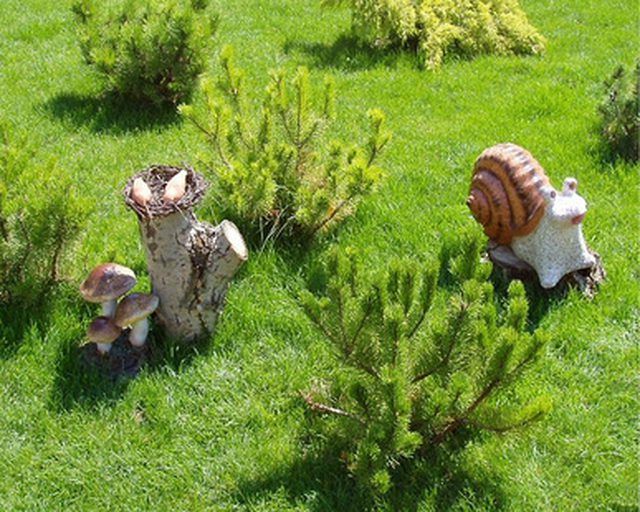Bulbs
Flower Basics
Flower Beds & Specialty Gardens
Flower Garden
Garden Furniture
Garden Gnomes
Garden Seeds
Garden Sheds
Garden Statues
Garden Tools & Supplies
Gardening Basics
Green & Organic
Groundcovers & Vines
Growing Annuals
Growing Basil
Growing Beans
Growing Berries
Growing Blueberries
Growing Cactus
Growing Corn
Growing Cotton
Growing Edibles
Growing Flowers
Growing Garlic
Growing Grapes
Growing Grass
Growing Herbs
Growing Jasmine
Growing Mint
Growing Mushrooms
Orchids
Growing Peanuts
Growing Perennials
Growing Plants
Growing Rosemary
Growing Roses
Growing Strawberries
Growing Sunflowers
Growing Thyme
Growing Tomatoes
Growing Tulips
Growing Vegetables
Herb Basics
Herb Garden
Indoor Growing
Landscaping Basics
Landscaping Patios
Landscaping Plants
Landscaping Shrubs
Landscaping Trees
Landscaping Walks & Pathways
Lawn Basics
Lawn Maintenance
Lawn Mowers
Lawn Ornaments
Lawn Planting
Lawn Tools
Outdoor Growing
Overall Landscape Planning
Pests, Weeds & Problems
Plant Basics
Rock Garden
Rose Garden
Shrubs
Soil
Specialty Gardens
Trees
Vegetable Garden
Yard Maintenance
How to Make Grass Green Fast
How to Make Grass Green Fast. Make your grass green fast and enjoy a lawn that is healthy and beautiful for outdoor entertaining. This is easy and has the bonus of being low-cost. Weeds are rarely a problem in yards with healthy grass. Weeds need bare space or brown patches to establish themselves as part of the lawn. Healthy grass roots are close...

Make your grass green fast and enjoy a lawn that is healthy and beautiful for outdoor entertaining. This is easy and has the bonus of being low-cost. Weeds are rarely a problem in yards with healthy grass. Weeds need bare space or brown patches to establish themselves as part of the lawn. Healthy grass roots are close together and grow deeper into the soil than the roots of starved grass, leaving little room for weeds.
Things You'll Need
Thatch rake
Grass seed
Hose or sprinkler
Sheets
Fertilizer
Lawn mower
Remove dead growth, sticks and leaves with a metal thatch rake.
Hand-cast grass seed throughout the lawn, including the areas that are already green, to have a thick and lush turf. Cover the seed with sheets to prevent birds from eating it.
Water the grass seed according to the directions on the seed package. Do not fertilize the yard until the seed has sprouted. Fertilizer can prevent sprouting.
Apply a fertilizer that has a combination of slow-release and fast-release nitrogen. Nitrogen makes your grass green. Fast-release nitrogen will turn your grass green fast, but used alone the grass will have shallow roots and be more prone to die during the dry, hot summer. Slow-release nitrogen encourages deep root growth as it continues to feed your lawn throughout the summer. An ideal nitrogen ratio is 50 to 70 percent soluble (fast-release) and 30 to 50 percent insoluble (slow-release).
Water the lawn once a week in the early morning with 1 inch of water. This amount will seep through the soil 6 to 8 inches deep to feed the roots. Watering only once each week will help encourage the deep root system necessary for healthy, green grass. Deep roots will not burn in the hot August sun.
Set the lawn mower blade to cut the grass 2 inches high. Do not bag the clippings but rather let them decompose and feed the lawn. Grass is at least 75 percent water, so the cuttings will not contribute to creating thatch.
Pull any scattered weeds as soon as you notice them. Most weeds do not like high-nitrogen soil or the thick turf, so this should not a big problem.
Fertilize the grass every 8 to 10 weeks.
Tips & Warnings
Your grass seed should contain a mixture of local grasses rather than just one strain. The grass will be hardier and less prone to brown spots with a mixture of grasses.